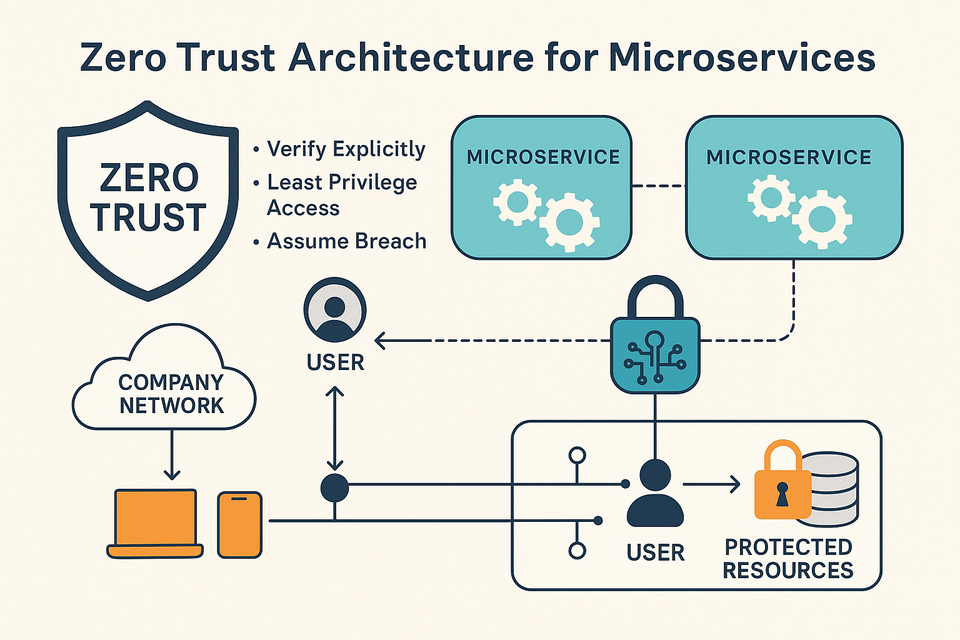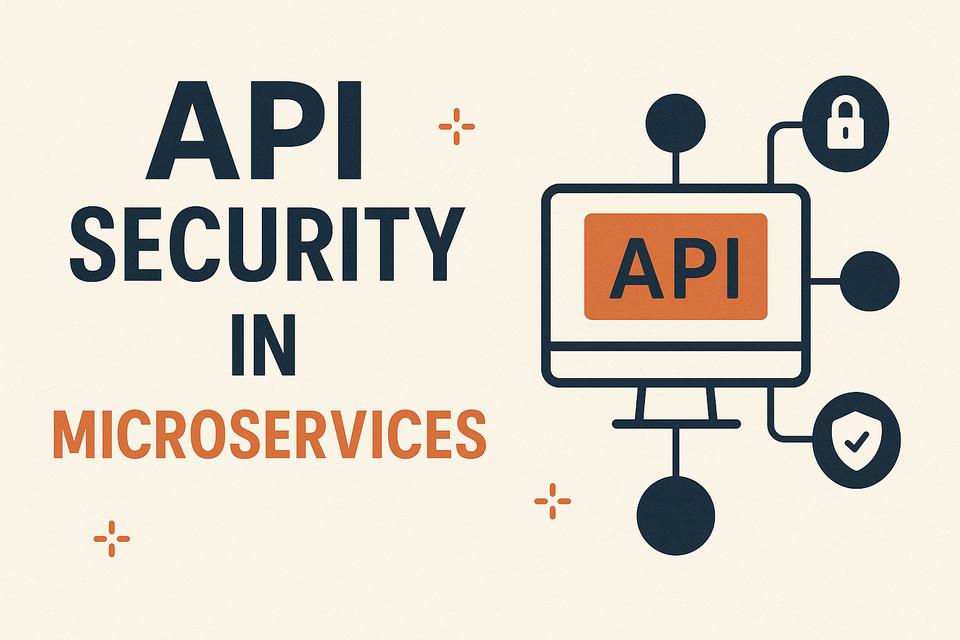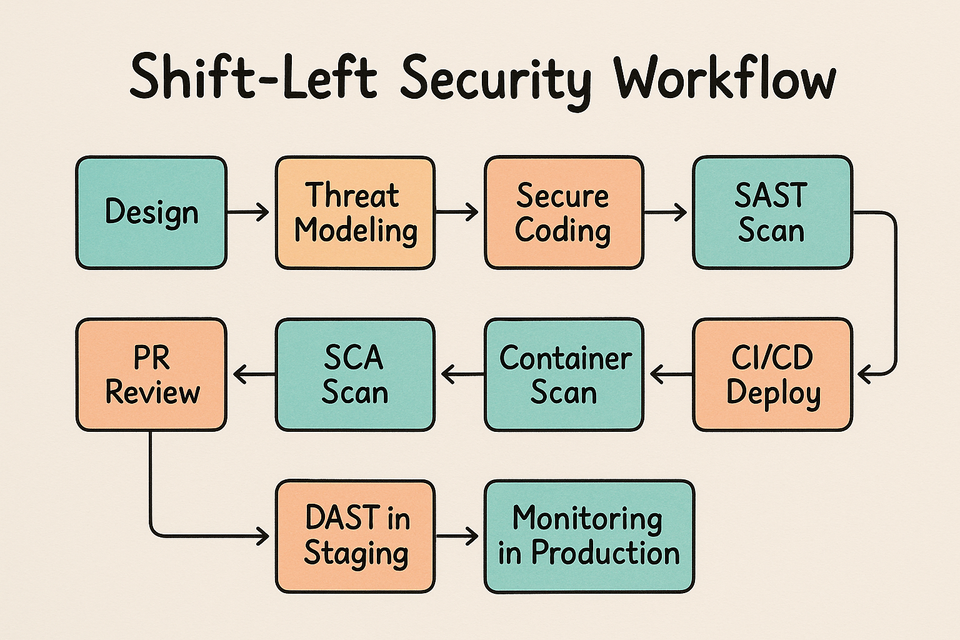Mastering Scalable Infrastructure: Performance, Availability, Security
Scalable infrastructure is key for agility, performance, and cost efficiency. Learn how to manage cloud infrastructure while avoiding security risks and ensuring availability.

Discover essential strategies for scaling and managing modern cloud infrastructure to enhance application performance, maintain continuous availability, optimize costs, and safeguard against critical security risks."
Here is the featured image that fits the topic of scalable cloud infrastructure management and its challenges.
It's hard to envision modern businesses thriving without a scalable process to provision and manage infrastructure. Scalable infrastructure management is vital for companies to swiftly adapt to fluctuating workloads and user demands, ensuring performance without overspending. It provides multiple benefits from different angles:
Availability:
Scalable infrastructure ensures that applications remain operational around the clock. By dynamically adjusting resources to match demand, downtime is minimized, ensuring continuous availability of services.
Application Performance:
With a scalable infrastructure, application performance remains consistent despite varying workloads. Resources can be seamlessly added or removed to maintain optimal performance, even during peak periods.
Improved Quality of Service:
Scalable infrastructure management enhances availability and performance, leading to a better user experience. The result is improved service quality, increased customer satisfaction, and higher retention rates.
Cost Efficiency:
By automatically scaling down resources during low-demand periods, scalable infrastructure enables businesses to save on costs. This cost optimization ensures efficient use of resources without unnecessary overhead.
Modern cloud infrastructure is well-equipped to handle scalability, supporting millions of users effortlessly. However, managing scalability beyond basic autoscaling groups and load balancers becomes increasingly complex.
As the codebase grows, the potential for mistakes also increases. Minor issues, such as syntax errors or missing comments, can be resolved quickly. But more severe errors—like leaked security keys, improper storage settings, or open security groups—can lead to disastrous consequences.
Thus, businesses need effective strategies to scale infrastructure securely, automate provisioning, and ensure compliance across environments. This post explores key approaches to mastering scalable infrastructure management, focusing on modern DevOps practices such as infrastructure as code (IaC), automated testing, and monitoring to maintain high performance, availability, and security.
This post will guide you through the essential practices for scaling modern application infrastructure while avoiding common pitfalls in security and compliance.




